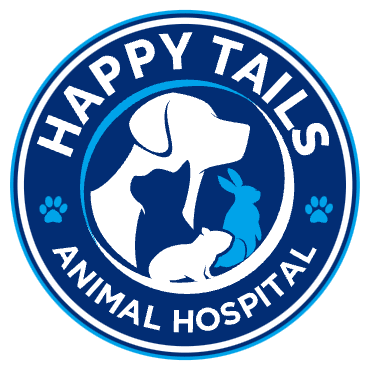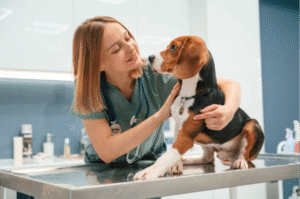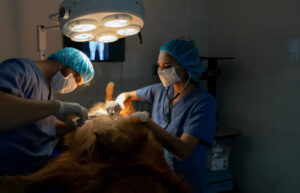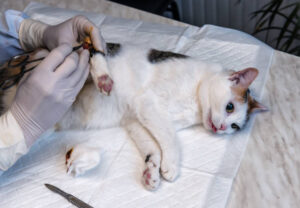Pet labor can be unpredictable, and in some cases, natural delivery may not be safe for the mother or her offspring. If you’re in Renton and seeking expert help, the Renton Animal Hospital offers professional support for surgical births and emergency interventions. Understanding when a cesarean section is necessary can help pet owners make informed decisions during critical moments. Cesarean sections, or C-sections, are life-saving procedures that veterinarians perform when complications arise during labor. Whether planned or emergent, these surgeries require careful evaluation, preparation, and aftercare.
Understanding Pet Labor and Delivery
Pet labor typically progresses naturally, but complications can arise due to breed, litter size, or health conditions. Recognizing the signs of normal versus problematic labor is essential for timely intervention. Many pet owners are unaware of the risks associated with certain breeds or first-time pregnancies, which can lead to delays in seeking help.
Natural vs. Complicated Labor
- Normal labor signs include nesting behavior, restlessness, panting, and contractions.
- Complications may involve prolonged labor, fetal distress, or inability to deliver naturally.
- Risk factors include small pelvic size, large litters, or previous reproductive issues.
- Signs of dystocia (difficult labor) include straining without progress, excessive vocalization, and visible distress.
Pets experiencing difficulty during labor may require surgical intervention to prevent harm to both mother and offspring. Early recognition of these signs can be the difference between a successful delivery and a medical emergency.
Breeds Prone to Delivery Issues
Certain breeds are genetically predisposed to delivery complications due to their anatomy or size.
- Brachycephalic breeds (e.g., Bulldogs, Pugs) often have narrow birth canals and large heads.
- Toy breeds may struggle with large litters or uterine fatigue.
- Large breeds can experience uterine inertia or dystocia.
- Mixed breeds may inherit traits that complicate labor.
- Persian cats and other flat-faced breeds often require surgical assistance.
Knowing your pet’s breed-specific risks can help you prepare for potential delivery challenges and discuss options with your veterinarian ahead of time.
What is a Pet Cesarean Section?
A cesarean section (C-section) is a surgical procedure used to deliver puppies, kittens, or other offspring when natural birth is unsafe or impossible. It involves making an incision in the abdomen and uterus to safely remove the babies. This procedure is often the best option when labor complications threaten the health of the mother or her litter.
Definition and Purpose
- A C-section is performed under general anesthesia.
- It is used when labor stalls, the fetus is too large, or the mother is in distress.
- It can be planned in advance or performed as an emergency.
- The goal is to ensure the safety of both mother and offspring.
Veterinarians assess the situation and determine whether surgical birth is the safest option. In some cases, a C-section may be recommended even before labor begins, especially for high-risk breeds.
Planned vs. Emergency C-Sections
- Planned C-sections are scheduled for high-risk pregnancies, often based on breed or previous complications.
- Emergency C-sections are performed when labor fails to progress or the mother shows signs of distress.
- Timing is critical—delays can lead to fetal death or maternal complications.
- Veterinary monitoring during late pregnancy helps determine the best time for surgery.
Consulting with your vet early in the pregnancy can help determine if a planned C-section is advisable. This proactive approach can prevent emergencies and reduce stress for both pet and owner.
Veterinary Evaluation and Preparation
Before performing a C-section, veterinarians conduct thorough evaluations to ensure the procedure is necessary and safe. These assessments help identify risks and prepare for a successful surgery.
Diagnostic Tools
- Physical exams assess the mother’s condition and labor progression.
- Ultrasound and X-rays help determine litter size, fetal position, and distress.
- Bloodwork checks for infections, anemia, or other health concerns.
- Palpation may reveal uterine contractions or fetal blockage.
- Progesterone testing can help determine readiness for delivery.
These tools guide the vet’s decision-making and surgical planning. Accurate diagnostics are essential for minimizing risks and ensuring a smooth procedure.
Decision-Making Process
Veterinarians consider several factors before recommending a C-section:
- Duration and progression of labor
- Fetal size and position
- Maternal health and breed
- Previous delivery history
- Risk of uterine rupture or fetal death
- Presence of congenital abnormalities
If complications are detected, your vet may refer you to an animal surgery clinic for immediate intervention. Having access to a well-equipped surgical facility is crucial during emergencies.
The Surgical Procedure
Understanding the steps involved in a pet C-section can help owners feel more prepared and confident. The procedure is typically quick but requires precision and post-operative care.
Pre-Surgical Preparation
- Pets are fasted for several hours before surgery.
- Anesthesia is administered carefully to avoid fetal harm.
- Vitals are monitored continuously.
- The surgical site is shaved and sterilized.
- IV fluids and medications are prepared in advance.
Veterinary teams work quickly to minimize stress and ensure safety. Pre-surgical planning is essential for a smooth operation.
The Operation
- An incision is made in the abdomen and uterus.
- Each fetus is gently removed and assessed for breathing.
- Umbilical cords are clamped and cut.
- The uterus and abdomen are sutured closed.
- Newborns are placed in a warm area for recovery.
- The mother is monitored for bleeding and anesthesia recovery.
The procedure typically lasts 45–60 minutes, depending on litter size and complications. Skilled surgical teams ensure minimal trauma and quick recovery.
Post-Surgical Recovery
- The mother is monitored for pain, bleeding, and infection.
- Pain medications and antibiotics are administered.
- Newborns are encouraged to nurse as soon as possible.
- The mother may be groggy but should recover within hours.
- Incision care and rest are vital for healing.
Recovery time varies, but most pets return to normal activity within a few days. Owners should follow all post-op instructions carefully.
Risks and Benefits
Like any surgery, C-sections carry risks, but they can be life-saving when performed promptly and correctly. Understanding these risks helps pet owners make informed decisions.
Potential Risks
- Anesthesia complications such as respiratory issues or allergic reactions
- Infection at the incision site
- Delayed healing due to poor nutrition or stress
- Maternal rejection of offspring due to surgical trauma
- Bleeding or uterine rupture during surgery
Close monitoring and follow-up care reduce these risks significantly. Most complications are preventable with proper veterinary support.
Benefits of Timely Intervention
- Prevents fetal death from prolonged labor
- Reduces maternal stress and exhaustion
- Ensures safe delivery for high-risk breeds
- Protects future reproductive health
- Minimizes trauma to both mother and babies
Timely C-sections can save lives and prevent long-term complications. They are often the best option for pets with known delivery risks.
Aftercare and Long-Term Health
Proper aftercare is essential for a smooth recovery and healthy bonding between mother and offspring. Owners play a key role in ensuring post-surgical success.
Home Recovery Tips
- Provide a quiet, warm space for rest
- Limit activity and avoid stairs or jumping
- Monitor the incision for redness or swelling
- Feed a high-quality diet to support healing
- Keep newborns close to encourage nursing
- Avoid bathing the mother until the incision is healed
- Use clean bedding and maintain hygiene
Recovery typically takes 10–14 days, with full healing in 3–4 weeks.
Follow-Up Veterinary Support
- Schedule a post-op checkup within 7–10 days
- Discuss future breeding plans with your vet
- Monitor for signs of mastitis or uterine infection
- Consider spaying if future pregnancies are risky
- Keep records of the procedure for future reference
Veterinary guidance ensures long-term health and prevents recurrence of complications.
Local Support in Renton
Renton offers excellent resources for pet owners dealing with delivery complications and surgical needs. Access to quality care and community support makes a big difference.
Veterinary Clinics Offering C-Sections
- Happy Tails Animal Hospital – experienced in emergency and planned C-sections
- Renton Veterinary Hospital – general and reproductive care
- Emergency Animal Clinic of South Seattle – 24/7 surgical support
These clinics provide compassionate care and advanced surgical facilities.
Pet Supply Stores
- Pet Pros Renton – post-op supplies and recovery kits
- Mud Bay – nutritional support and supplements
- PetSmart Renton – nursing pads, bedding, and hygiene products
Having the right supplies at home supports a smooth recovery.
Community Resources
- Renton Pet Parents Facebook Group – share experiences and get advice
- Reddit’s r/pets and r/dogs – online support and education
- Local Meetup groups – connect with other pet owners and breeders
Community support helps reduce stress and provides valuable insights.
When to Call the Vet Immediately
Certain symptoms during labor or post-surgery require urgent veterinary attention:
- Excessive bleeding or discharge
- No delivery after 2 hours of active labor
- Weak or unresponsive newborns
- Mother refusing to nurse or showing aggression
- Signs of infection (fever, foul odor, swelling)
- Difficulty breathing or collapse
- Vomiting or lethargy post-surgery
Don’t wait—call your vet or emergency clinic immediately. Prompt action can save lives.
Conclusion
C-sections in pets are sometimes necessary to ensure the safety of both mother and offspring. Whether planned or performed in an emergency, surgical births require careful evaluation, skilled veterinary care, and attentive aftercare. If your pet is pregnant and you’re concerned about delivery complications, consult your vet early to explore your options. For expert guidance and support, reach out at the Contact Us page of Happy Tails Animal Hospital.
FAQs
1. What breeds are most likely to need a C-section?
Brachycephalic breeds like Bulldogs and Pugs, toy breeds, and pets with a history of delivery complications are more likely to require surgical birth.
2. Is a C-section safe for my pet?
Yes, when performed by a qualified veterinarian, C-sections are generally safe and can prevent serious complications during labor.
3. How long does it take for a pet to recover from a C-section?
Most pets recover within 7–10 days, but full healing may take up to 3 weeks. Follow-up care and rest are essential.
4. Can my pet have a natural birth after a C-section?
It depends on the reason for the first C-section. Some pets can deliver naturally later, while others may need repeat surgeries.
5. What should I do if my pet goes into labor at home and struggles?
Call your vet or an emergency clinic immediately. Delayed intervention can lead to serious health risks for both mother and babies.
